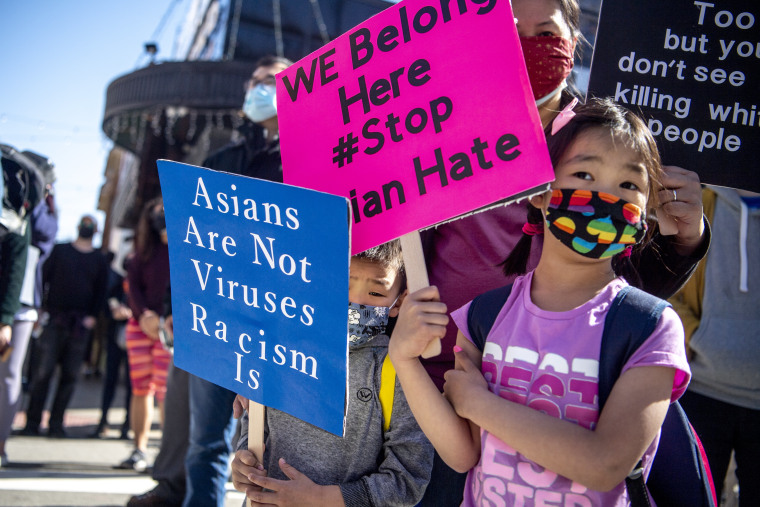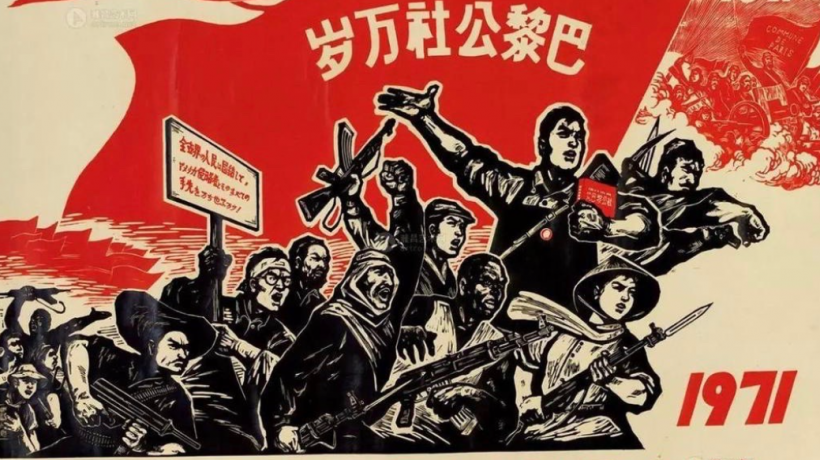Striking Myanmar rail workers move out as protests continue
3/20/2021
MANDALAY, Myanmar — Residents of Myanmar’s second-biggest city helped striking railway workers move out of their state-supplied housing Saturday after the authorities said they would have to leave if they kept supporting the protest movement against last month’s military coup.

© Provided by The Canadian Press
Mandalay residents carried the workers' furniture and other household items to trucks, van and pickup trucks.
The state railway workers last month went on strike as key and early supporters of the civil disobedience movement against the Feb. 1 coup that toppled the elected government of Aung San Suu Kyi. The military regime has sought to force them back to work through intimidation, which included a nighttime, gun-firing patrol last month through their housing area in Mandalay and a raid in the railway workers' housing area in Yangon.
Protests against the coup continued Saturday in cities and town across the country, including in Mandalay and Yangon.
The coup reversed years of slow progress toward democracy in Myanmar after five decades of military rule. In the face of persistent strikes and protests against the takeover, the junta has responded with an increasingly violent crackdown and efforts to severely limit the information reaching the outside world.
Internet access has been severely restricted, private newspapers have been barred from publishing, and protesters, journalists and politicians have been arrested in large numbers.
The independent Assistance Association for Political Prisoners has verified 235 deaths and has said the actual total — including ones where verification has been difficult —“is likely much higher.” It said it has confirmed that 2,330 people have been arrested or charged since the coup, with 1,980 still detained or remaining charged.
In addition to using lethal force to try to break up demonstrations, the security forces have been carrying out a campaign of harassment, stealing from homes they raid, said the group, which also charged that security forces have used people they arrested as human shields as they sought to break up demonstrations.
Numerous reports on social media, including videos, have shown security forces vandalizing cars parked on the street.
The U.N. agencies UNICEF and UNESCO, along with the private humanitarian group Save the Children, on Friday issued a statement criticizing the occupation of education facilities across Myanmar by security forces as a serious violation of children’s rights.
It said security forces have reportedly occupied more than 60 schools and university campuses in 13 states and regions.
“It will exacerbate the learning crisis for almost 12 million children and youth in Myanmar, which was already under tremendous pressure as a result of the COVID-19 pandemic and ensuing widespread school closures,” said the statement. "Save the Children, UNESCO and UNICEF call on security forces to vacate occupied premises immediately and ensure that schools and educational facilities are not used by military or security personnel.
“Schools must be not used by security forces under any circumstances," it declared.
Calls for international action to halt the violence continue to mount.
"The junta can’t defeat the people of Myanmar united in peaceful opposition,” Tom Andrews, the U.N.’s independent expert on human rights for Myanmar, wrote on Twitter on Friday. “Desperate, it launches ruthless attacks to provoke a violent response to try and justify even more violence. It’s not working. The world must respond by cutting their access to money & weapons. Now.”
Unexpectedly strong statements were issued Friday by two of Myanmar’s fellow countries in the 10-member Association of Southeast Asian Nations.
Indonesian President Joko Widodo urged a halt to violence and asked other regional leaders to hold a summit on the crisis.
Widodo’s move came after ASEAN foreign ministers held a March 2 meeting that reached no consensus on the crisis.
Malaysia’s Prime Minister Muhyiddin Yassin issued a statement supporting Widodo’s call for as ASEAN summit, saying he was “appalled by the persistent use of lethal violence against unarmed civilians which has resulted in a high number of deaths and injuries, as well as suffering across the nation.”
The Associate
Mandalay residents carried the workers' furniture and other household items to trucks, van and pickup trucks.
The state railway workers last month went on strike as key and early supporters of the civil disobedience movement against the Feb. 1 coup that toppled the elected government of Aung San Suu Kyi. The military regime has sought to force them back to work through intimidation, which included a nighttime, gun-firing patrol last month through their housing area in Mandalay and a raid in the railway workers' housing area in Yangon.
Protests against the coup continued Saturday in cities and town across the country, including in Mandalay and Yangon.
The coup reversed years of slow progress toward democracy in Myanmar after five decades of military rule. In the face of persistent strikes and protests against the takeover, the junta has responded with an increasingly violent crackdown and efforts to severely limit the information reaching the outside world.
Internet access has been severely restricted, private newspapers have been barred from publishing, and protesters, journalists and politicians have been arrested in large numbers.
The independent Assistance Association for Political Prisoners has verified 235 deaths and has said the actual total — including ones where verification has been difficult —“is likely much higher.” It said it has confirmed that 2,330 people have been arrested or charged since the coup, with 1,980 still detained or remaining charged.
In addition to using lethal force to try to break up demonstrations, the security forces have been carrying out a campaign of harassment, stealing from homes they raid, said the group, which also charged that security forces have used people they arrested as human shields as they sought to break up demonstrations.
Numerous reports on social media, including videos, have shown security forces vandalizing cars parked on the street.
The U.N. agencies UNICEF and UNESCO, along with the private humanitarian group Save the Children, on Friday issued a statement criticizing the occupation of education facilities across Myanmar by security forces as a serious violation of children’s rights.
It said security forces have reportedly occupied more than 60 schools and university campuses in 13 states and regions.
“It will exacerbate the learning crisis for almost 12 million children and youth in Myanmar, which was already under tremendous pressure as a result of the COVID-19 pandemic and ensuing widespread school closures,” said the statement. "Save the Children, UNESCO and UNICEF call on security forces to vacate occupied premises immediately and ensure that schools and educational facilities are not used by military or security personnel.
“Schools must be not used by security forces under any circumstances," it declared.
Calls for international action to halt the violence continue to mount.
"The junta can’t defeat the people of Myanmar united in peaceful opposition,” Tom Andrews, the U.N.’s independent expert on human rights for Myanmar, wrote on Twitter on Friday. “Desperate, it launches ruthless attacks to provoke a violent response to try and justify even more violence. It’s not working. The world must respond by cutting their access to money & weapons. Now.”
Unexpectedly strong statements were issued Friday by two of Myanmar’s fellow countries in the 10-member Association of Southeast Asian Nations.
Indonesian President Joko Widodo urged a halt to violence and asked other regional leaders to hold a summit on the crisis.
Widodo’s move came after ASEAN foreign ministers held a March 2 meeting that reached no consensus on the crisis.
Malaysia’s Prime Minister Muhyiddin Yassin issued a statement supporting Widodo’s call for as ASEAN summit, saying he was “appalled by the persistent use of lethal violence against unarmed civilians which has resulted in a high number of deaths and injuries, as well as suffering across the nation.”
The Associate











